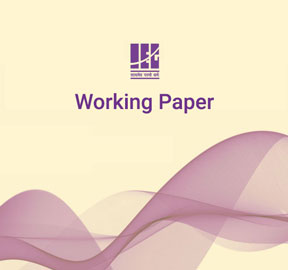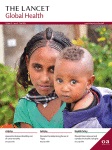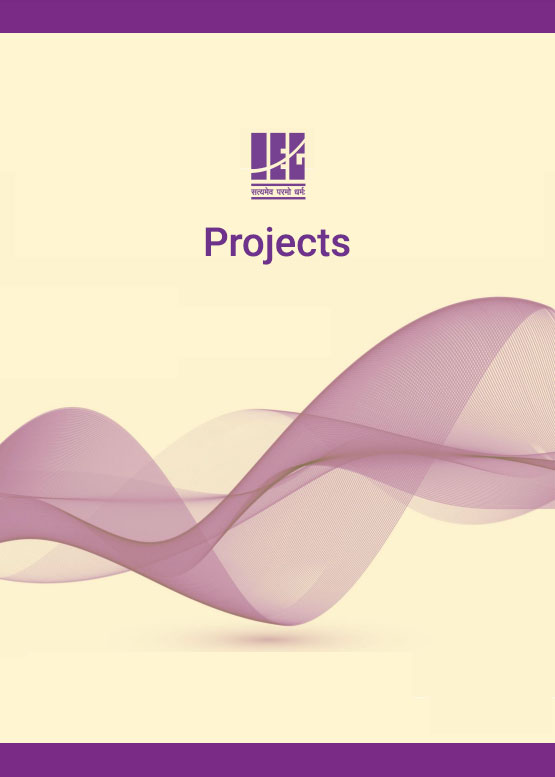Who runs the risk of being impoverished during COVID: Evidence from Urban India.
Speakers:
Archana Dang
Abstract: Following the unanticipated shock caused by COVID, economic activity stalled, pushing many households into poverty. Consequently, it’s crucial to identify households that fell into poverty and persisted in it. This paper investigates poverty transitions and household predictors associated with different states of poverty transitions during the pandemic’s first year (2020). Our findings indicate at least 15% of individuals living in rural and urban areas who weren’t poor in the pre-covid period (2019) qualify as poor in 2020. Estimating a multinomial logit model for urban households (urban households were more severely affected than rural households), our analysis reveals that SC/STs and OBCs are more likely to become impoverished and stay there than the upper castes. Moreover, households at the lower end of the expenditure distribution and those with household members with a lower level of education are more prone to falling back into poverty and more likely to remain in poverty. These findings imply that those who were most susceptible suffered the most during the pandemic.
jointly with Prof. Indrani Gupta(IEG) and Prof. Mausumi Das(DSE)







